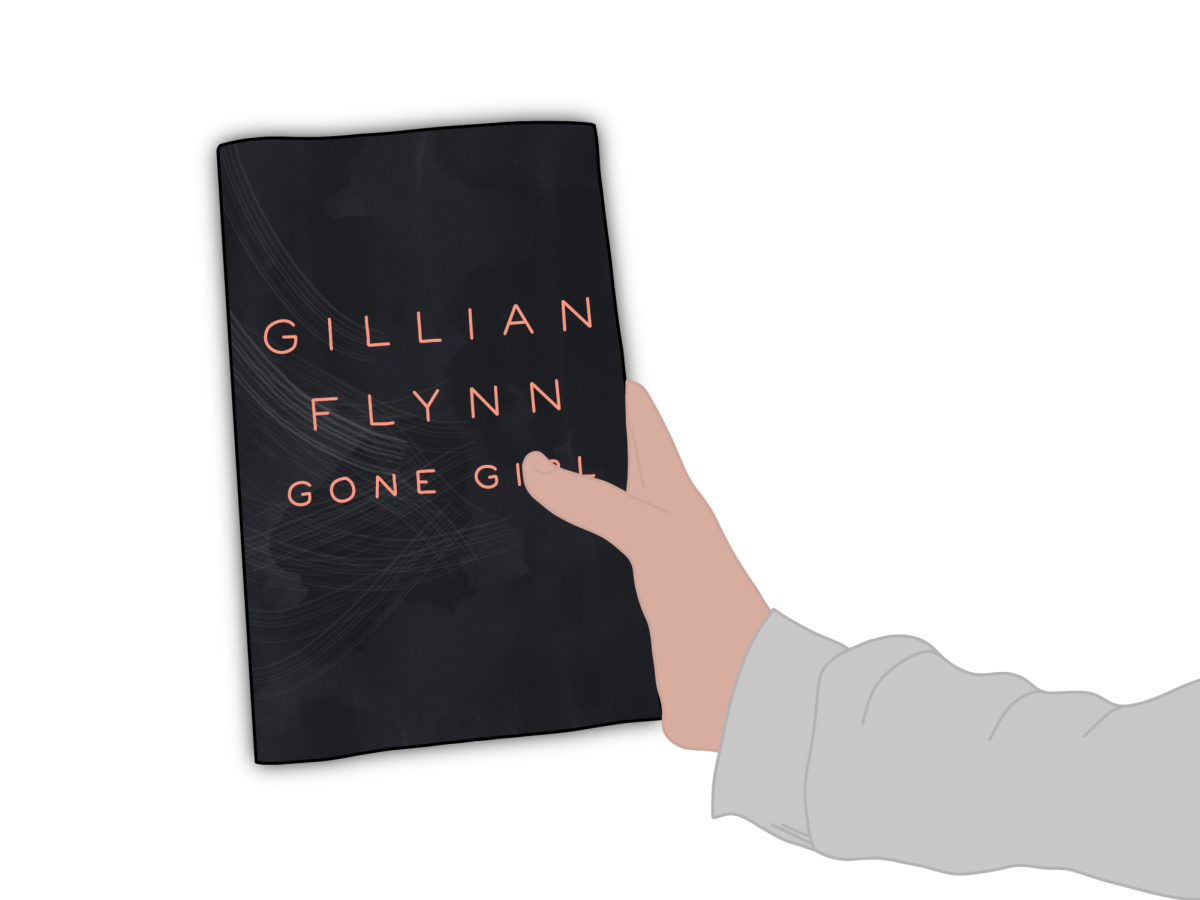Donna Tartt’s “The Secret History” is a gripping, twisted psychological fiction novel about a murder at Hampden College and a sordid group of friends who commit and attempt to cover up the crime. The novel is an inverted take on the classic murder mystery — the reader immediately learns who the killers are, yet Tartt captivates her audience for all 524 pages of the story. She slowly reveals the secrets that corrupt the main characters in simultaneously shocking and romanticized displays of immorality. In her debut novel, Tartt concurrently makes a substantial contribution to the dark academia genre and criticizes the relentless pursuit of aesthetics.
The story follows the main character, Richard Papen, as he transfers to Hampden College from California and becomes friends with a distinct and exclusive group of students studying Greek, all taught by one eccentric professor. The elusive Henry Winter is the quiet leader of the group and puppeteer of his friends. When tensions rise after an ugly truth is revealed, the rest of the friend group becomes frustrated with Edmund “Bunny” Corcoran, whose jolly demeanor and nagging behaviors set him apart from his friends. As the plot starts slipping into absurdity, the group decides to kill Bunny and frame it as an accident. From this point, the narrative spirals into melodrama as the group deals with the consequences of their actions and the fissures in their relationships. The first half of the book is plot-focused, while the second explores character; each is equally as intricate.
Each character is morally egregious but also complex and curious. The reader is enchanted and manipulated by the cast of characters alongside Richard. The mystique of the novel is alluring and perfectly executed to complement the irony of the plot. The absurdity of the story is part of its charm.
“The Secret History” is the perfect read for the last leg of winter at Colgate University. The setting of the book emulates Colgate’s campus — a small liberal arts college in the Northeast. The bitterly cold winter and isolated landscape become something exciting and mysterious in Tartt’s rendition. The notes of dark academia let us romanticize college and appreciate the darkest, bleakest time of the year. “The Secret History” reminds us to embrace beauty and knowledge but also warns against obsession.
Tartt uses the story as a vessel to criticize academia and intellectual elitism. Through the portraits of six college students, Tartt illustrates the consequences of venerating a culture that is rotten with prejudices and elitism. She deconstructs the concept of beauty from an academic perspective and does so through a genius satirical portrayal of cerebral indulgence. Most students can learn something from the themes of the story or, at the very least, reflect on their own perception of higher education.
An irresistible cross between Fyodor Dostoevsky’s “Crime and Punishment” and Oscar Wilde’s “The Picture of Dorian Gray,” “The Secret History” explores art, guilt, identity, academia, beauty and much more. Tartt’s writing is thought-provoking and intense. The story is intellectual but electrifying, funny at times and somber at others. It’s slow to read, but impossible to put down. “The Secret History” is a totally immersive experience and the perfect book to pick up this week.
Rating: 5/5














